Milk: Healthy or not?
Milk and dairy products are often promoted as nutritious and healthy. But some research suggests that milk may not be as good for us as we once thought. Canada has even lessened the importance of milk in their revised food guide. So, let’s explore the pros and cons of drinking milk.
Before I get into the good and the bad, I will explain some things first. I hope this helps you make an educated choice. Dairy nutrition is a very interesting topic. There is so much to know about this simple and basic food.
Sources of Milk
In North America, our milk primarily comes from cows. However, milk can come from goats, sheep, camels and other livestock. Health food enthusiasts sometimes promote non-cow sources as being healthier than cow sources. This likely stems from a distrust of the dairy industry. Intensive farming and a history of indiscriminate use of antibiotics, pesticides and other such chemical treatments may make cow milk less desirable to some people. The nutrient composition of other animal sources of milk is different. However, safety issues with drinking raw, unpasteurized products exists whether it comes from a cow or another animal.
This article is not intended to debate the pros and cons of other animal milk sources.
For the purpose of this article, I will focus on cows milk, as it is the most widely available in North America.

Raw Milk
There have been several scientific studies that suggest raw milk can benefit our immune systems. A recent 2019 publication in the journal Nutrients found a protective effect of raw milk on allergies in children and adults. The researchers suggest that raw milk proteins, fats and bacteria help our immune system. Raw dairy may also protect children from respiratory, ear and sinus infections. This is great news for people living on farms or who have direct access to fresh farm milk.
The problem arises with mass distribution and processing of raw milk. There is a significant risk for the contamination and growth of harmful bacteria from commercially available unpasteurized dairy products. Safety is difficult to guarantee in industry handling and delivery of raw milk on a large scale.
The World Health Organisation (WHO) warns about consumption of raw dairy products. There is a risk for zoonotic diseases, like tuberculosis, that can be transferred from animals to people. The WHO estimates that 147, 000 people were affected by tuberculosis in 2016. The majority of cases were from untreated dairy products.
The US Center for Disease Control also warns that untreated milk products are 150 times more likely to contain bacteria such as Camplybactor, E. coli, Salmonella and Listeria. Children and adults with compromised immune systems are more likely to get sick from consuming contaminated products.
There may be health benefits from drinking raw milk. However, it is very important that any raw dairy we drink or eat come from healthy cows that are a part of regular health and testing programs. Finding raw milk in your local grocery store is not yet practical, safe or even legal in some places.
In Canada, selling and buying of raw milk is illegal according to the Dairy Industry Act. This is because of the high risk of contamination with harmful bacteria. It is also illegal in Scotland, but legal from a select few registered producers in England. In the USA, each state sets their own rules regarding the sale of raw dairy.

What is Pasteurization?
Pasteurized milk is what you will find in your local grocery store. Pasteurization is a method of heat to kill any harmful bacteria and make it safe for us to drink.
There is debate about the effect of heating the milk on the nutrient quality. Dairy and government industries claim that there is very little change to the nutrients, yet health food enthusiasts claim that the heating destroys nutrients. They may both be right. It depends on how hot the milk is heated, how long it stays hot for and which nutrients we are talking about.
Traditional pasteurization methods heat the milk to about 145 degrees Fahrenheit for 30 minutes. High Temperature Short Term (HTST) pasteurization heats the milk to about 162 degrees Fahrenheit for 15 seconds. This is sometimes referred to as flash pasteurization. It is the more common method of pasteurization today.
Some enzymes, proteins and vitamins are affected by heat. The degree they are affected depends on how long they stay heated for. The HTST method affects these nutrients the least, even though the milk is heated to a slightly higher temperature. Vitamin D and calcium are not affected by pasteurization.
What is UHT Milk?
UHT stands for Ultra Heat Treatment. It heats raw milk to a much higher temperature than pasteurization, about 280 degrees Fahrenheit. This helps to prolong the expiration date. UHT milk packaged in a sterile container can last up to 9 months unopened without refrigeration.
Interestingly, many organic dairy products are UHT treated.
The high heat in the UHT treatment does affect milk proteins and some nutrients, such as some B vitamins and vitamin C. Calcium is not affected by UHT. This method also gives milk a burnt flavor that some people don’t like. Additives may reduce the unpleasant taste and supposedly improve the nutritional quality of the milk.
One study published in Nutrients found that 23 of 140 milk proteins were destroyed by high heat. Many of these proteins were related to immune functions.
UHT milk is more popular in warmer areas, such as Southern Europe, where the cost of refrigeration is high. It is less popular in Northern Europe and Canada. UHT milk may be labelled as dairy beverage, milkshake or other names depending on what has been added to or subtracted from the original raw milk.
What is Homogenization?
Homogenization is a process of making fat molecules smaller and mixed more evenly. The liquid is forced through small openings under high pressure. This breaks up the fat. By doing this, the fat won’t separate out to the top. Homogenization does not kill bacteria. So, it does not make the milk safer to drink. Thus, homogenized milk is usually pasteurized first.
Homogenization increases the surface areas of smaller fat molecules. Many proteins hide out on the surfaces of fats. The increase in surface area may also affect the digestibility of the fat. While the fat itself is not altered, the nutritional function of the fat may be affected by homogenization.
Composition of cows milk

Protein
Cows milk contains 3.3% protein with 9 essential amino acids. The major proteins include casein and whey.
Caseins are stable when heated. Whey protein is affected by UHT, but not HTST treatments. The amino acids in whey are not affected by UHT.
Fat
The percentage of fat in milk depends on the product. Fat content is manipulated during processing to give us skim milk, 1%, 2%, coffee cream, whipping cream, etc. Raw milk typically contains about 3.4 – 4.8% fat, depending on the cow breed.
Milk contains about 400 different fatty acids. The type of fat depends on when it was collected in the a cow’s lactation cycle. This is less relevant when the milk is mixed from many cows for delivery to the processing plants.
Fat slowly deteriorates as it sits and is exposed to air and light. HTST processing does not affect the fat, but UHT does.
Carbohydrates
Milk typically contains about 4.9% carbohydrates. This is mainly lactose, with trace amounts of other sugars. Lactose is strongly associated with the whey.
Standard methods of pasteurization do not affect lactose. However, UHT does cause browning, which creates the burnt flavor. Because of the close association with lactose and whey proteins, this browning also affects the amino acid lysine, making it less available during digestion.
Lactose in ice cream is the reason for the crystals on the surface if it thaws and refreezes.
Micronutrients
There are many micronutrients in milk; too many to discuss in this article. I will mention a few of the main ones.
Vitamins B and C are in the watery portion of milk. The most important B vitamins are thiamin, riboflavin and B12. Many nutritionists state that milk is not a major source of these vitamins in our diets.
HTST treatments do not significantly affect these vitamins. UHT treatments slightly reduce thiamin and B12, but riboflavin remains stable when heated. However, exposure to light will reduce the riboflavin.
Vitamins A, D, E and K are in the milk fat. Reduced fat dairy products remove a lot these vitamins with removal of fat. Vitamin D is usually added back after processing. We get the other vitamins through other foods we eat. We also make our own Vitamin D through exposure to sunlight.
The main minerals in milk are calcium, magnesium, phosphorus, potassium, selenium and zinc. These are usually found as salts attached to casein proteins, so are stable components, even during UHT treatments.
Enzymes and immune components of milk are worthy of mentioning. These components affect how we digest and benefit from milk. Enzymes also affect how long milk will keep fresh. Heat and processing destroys many of these components, lessening the benefit to our immune systems. Few enzymes have been studied extensively. We don’t know a lot about the function of these components.
This is an exciting area of milk research, as these raw milk components lost during pasteurization may be beneficial to us in preventing some diseases.

The Good: 4 Benefits
1. Strong Bones & Teeth
We talked previously about mineral content of milk. These minerals are stable in pasteurized milk and build strong bones and teeth. This is why milk has been a nutritional recommendation for decades. It still holds true today. Dairy products build and maintain strong bones and teeth.
Some milk peptides can also help prevent dental cavities.
2. More Muscles
Whey protein is one of the highest quality of proteins for muscle development. Whey protein contains a lot of usable leucine. Leucine is an amino acid triggering muscle growth. It can also preserve muscle when we restrict our calories for weight loss. And, it can help prevent some of the loss of muscle that comes naturally with aging.
3. Weight loss
Whey and casein proteins also help make us feel full. If we are full, we are less likely to overeat. Some manufacturers take advantage of this by adding whey isolates to weight loss food products. However, weight loss only happens if total daily calories are restricted.
4. Diabetes and blood sugar control
The proteins and peptides in milk also act on specific metabolic pathways that help regulate blood sugar. Drinking milk before a meal can reduce the body’s response to sugars eaten in other foods and lessen the need for insulin. People who eat dairy products may have a lower risk of diabetes. However, more studies are needed to confirm this.
Chocolate Milk for Runners?
For a number of years now, you can find chocolate milk among the post-race smorgasbord of many running races.
Chocolate milk contains a ratio of 4 grams of carbohydrate, with the sugars added, and 1 gram of protein. This just happens to be the perfect ratio for muscle recovery according to a study in 2013. The liquid portion restores much needed water to rehydrate runners. The carbohydrates replenish depleted glycogen stores and the whey and casein proteins are great for rebuilding broken-down muscle fibers. The result of this research was promoted by the dairy industry. Since many people like chocolate milk, the post-race recovery chocolate milk craze took off.
But, chocolate milk is not the only food that can help runners recover. Drinking water and eating healthy foods after a race can also supply runners with what they need to recover. Since the initial studies, more research suggests that ratios of 2 – 4 grams carbohydrate to 1 gram of protein can promote optimum recovery. This means that it is better to eat more protein than drink chocolate milk.
However, all these benefits are not unique to milk. Other food sources can give us the same benefits.
So, if you cannot or do not want to drink milk, you can still get the nutrition you need in other foods.

The Bad: 3 Known Issues
1. Lactose Intolerance
Some people don’t have the ability to digest the lactose in milk. This usually happens when the small intestine stops making the enzyme to break down the lactose into smaller pieces. The undigested lactose then moves to the large intestine causing bloating, gas and diarrhea.
Lactose intolerance can be a problem since birth, but more commonly it can result from normal aging or other illnesses, like celiac disease or inflammatory bowel disease. It is very common. According to the US National Library of Medicine, 65% of the world’s population have this problem digesting milk,
2. Skin Problems & Acne
Acne is also a very common skin condition. While acne has many different components and causes, science has identified that dairy products play a significant role.
Researchers don’t know exactly what this role is. Possibly, the hormones used in the dairy industry to increase milk production may be leaching into the milk. The natural growth hormones in the milk may be the culprit. Cow’s milk is made for rapidly growing baby cows. It is not designed to feed adolescent or adult humans. High processing of milk products and the addition of sugars into some dairy products may be the link to acne.
Regardless, people who suffer from acne should consider reducing the amount of dairy they consume, at least during flare ups.
3. Allergies
Childhood allergies to milk proteins are on the rise. Signs of allergy may include wheezing, itchy and swollen eyes, hives, cramps and stomach trouble. Life-threatening anaphylaxis can also occur. Most children outgrow this allergy, but it can linger into adulthood for some.
Milk allergy may be due to changes in milk components during processing. Heating the milk may cause a loss of heat-sensitive immune compounds. Raw milk, as discussed earlier, lessens allergies in children.
What about milk and cancer?
The relationship between dairy and cancer is complicated. The latest research results are not clear. Impact of dairy in either a positive or negative way may depend on the type cancer. Milk may protect against some types of cancer, yet increase the risk of others.
There may be an increased risk for prostate cancer when men eat a lot of dairy products. Men should probably only drink milk in moderation.
There are studies that suggest dairy products can lessen the risk of colon and bladder cancer.
There has been no clear evidence that dairy products affect breast or stomach cancer risk in either a positive or negative way.
Lack of dietary vegetables and fruits, obesity and inactivity are much greater concerns than milk consumption when it comes to cancer risk.
What about yogurt or fermented dairy products, like cheese?
There seems to be a positive effect with eating bacteria-enriched dairy products. The benefit lies in the establishment of good gut micro-flora, which can promote a healthy immune system and has anti-inflammatory effects. Some people with lactose intolerance may be able to eat yogurt and fermented products without a problem.

So, there you have my summary of the good and the bad of dairy. Clear as milk, right? Well, after looking at all the evidence, it really comes down to a matter of personal choice.
If you choose to drink milk and eat dairy products, it may be wise to do so in moderation. At least until the researchers and experts figure out if milk is healthy or not.
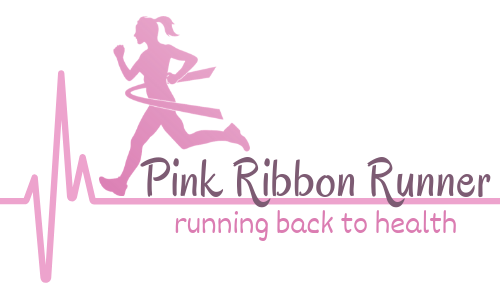


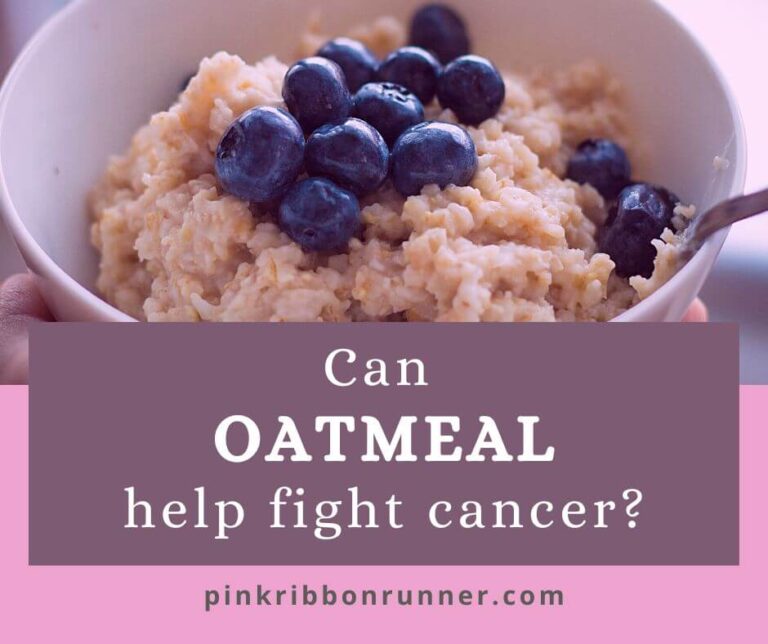

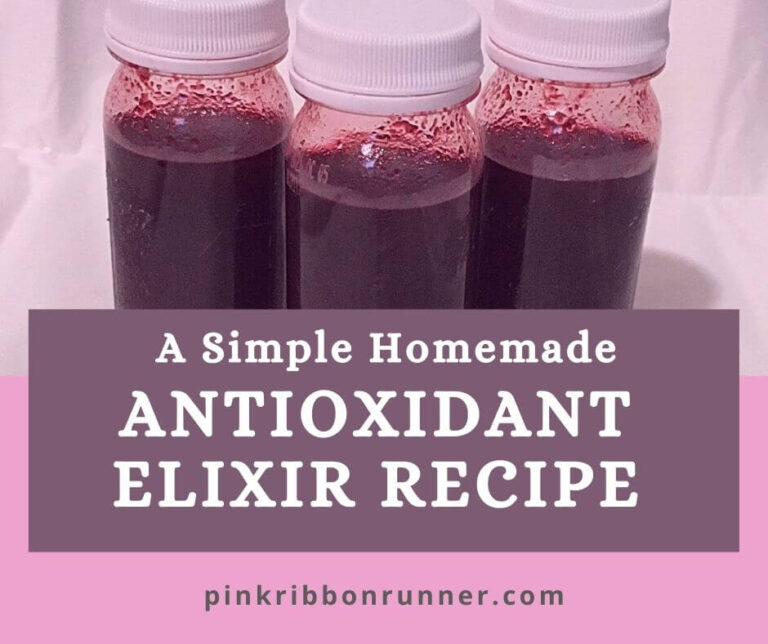
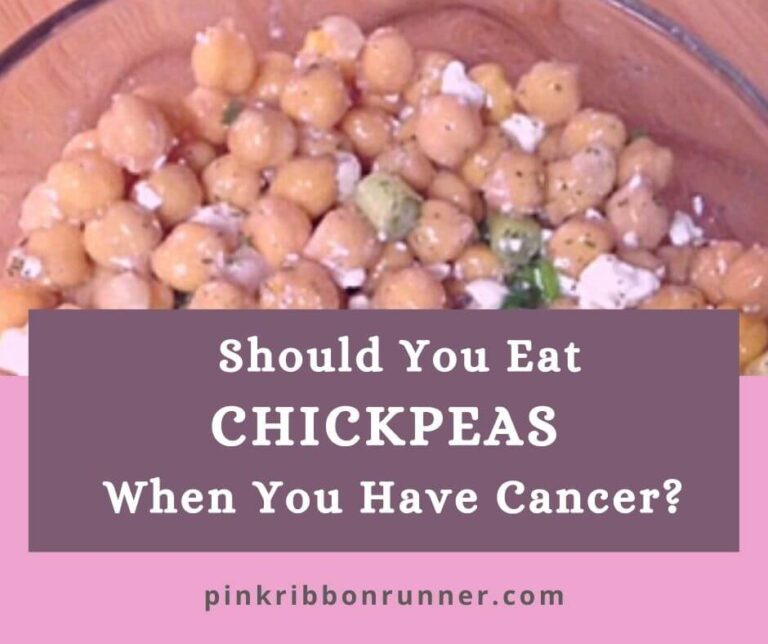
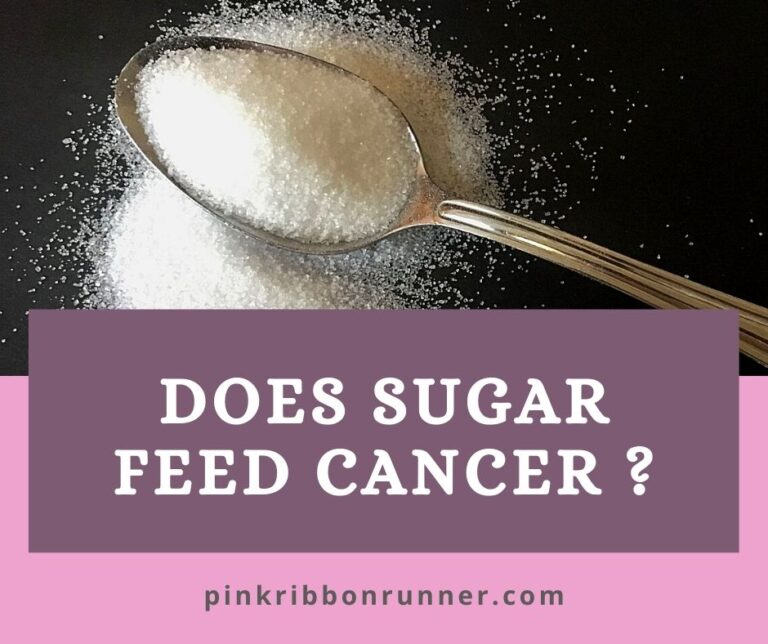

Thank you for a detailed well researched article. Makes you think!
I make my own kefir and yogurts with organic UHT treated milk. And I love them. It would be so hard for me to go without. I am on tamoxifen for stage 1 BC.
The fermented dairy that you describe is very likely just fine to continue, especially if you enjoy it.
I try to avoid milk and dairy as much as possible for the last two years. I watched a show on Netflix called forks over knives which really changed my thinking on meat and dairy. My concern over the environment also influences my choice to almost fully plant-based and skip dairy and meat. But I am human, so I cheat once in a while and enjoy a yummy veggie pizza, including cheese.
It is fabulous that you are environmentally aware and include that in your food choices. I love a slice of pizza too every now and then. Thank you for comment.